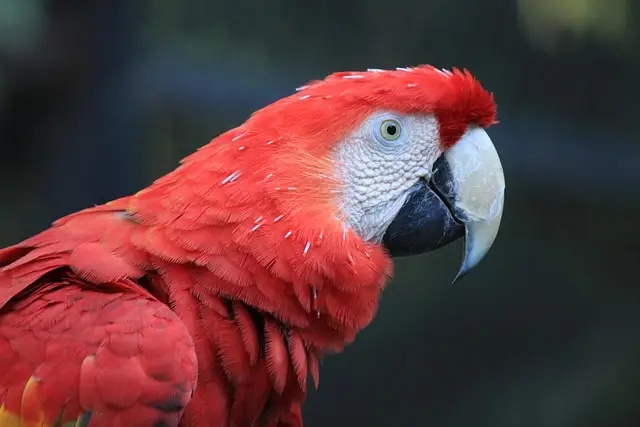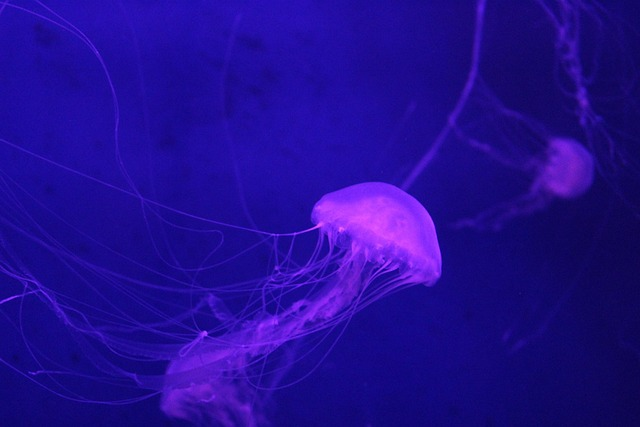Many people who want to keep birds, squirrels, or other small animals away from their gardens or homes often use fake owls or other animal decoys. These fake animals are meant to scare away unwanted visitors by looking like real predators. But do they really work? Let’s take a closer look at what these decoys do, how well they work, and when they might help.
Why Use Fake Owls and Decoys?

Birds like pigeons, sparrows, and crows can be a problem for people. They may eat garden plants, poop on cars and sidewalks, or make nests in places they shouldn’t. Squirrels and rabbits can also damage plants and dig holes in lawns. Because owls are natural predators of many birds and small animals, the idea is that a fake owl might scare these pests away.
Other decoys used include fake snakes, coyotes, or even fake cats. They are all meant to create fear in animals that think they are in danger.
How Fake Owls Work
Fake owls are usually made of plastic and are shaped and painted to look like real owls. Some even move or make noises. The goal is to trick animals into thinking a real owl is nearby. Since owls hunt and eat smaller birds, rodents, and other small animals, their presence usually scares these animals off.
At first, this trick often works. Birds and squirrels may see the owl and stay away. But over time, they might learn that the owl doesn’t move or do anything. They get used to it and may return.
Do They Really Work?
The short answer is: sometimes, but not always.
When They Work
- At the beginning: Fake owls often work best when they are first put out. The animals are not used to it yet and believe it is real.
- For a short time: These decoys may help keep birds or animals away for a few days or weeks.
- In combination with other methods: If you use fake owls along with other tricks (like noise, lights, or netting), they can be more effective.
When They Don’t Work
- If they never move: Animals are smart. If the decoy just sits still all the time, they will figure out that it’s not real.
- If it stays in the same place: Putting the fake owl in one spot for weeks or months makes it easy for birds and animals to ignore it.
- If it’s poor quality: Some fake owls don’t look real at all. If it looks fake to humans, it probably looks fake to birds too.
How to Make Decoys More Effective
If you want to use a fake owl or other decoy, here are some tips to make it more useful:
- Move it around: Change its location every few days so it looks like it’s really watching and moving.
- Choose one that moves: Some fake owls turn their heads in the wind or have glowing eyes. These look more real to animals.
- Add sound or lights: Pairing the owl with sounds (like predator calls) or flashing lights can increase fear and confusion.
- Use with other methods: Netting, shiny tape, or noise-makers can help support the decoy’s job.
Other Types of Decoys
Besides fake owls, people use other kinds of fake animals:
- Fake snakes: These can scare birds or rodents if placed in gardens or near plants.
- Fake coyotes or dogs: These are large and may scare away deer or geese. They work best in open spaces.
- Fake cats: Some people try using plastic cats to keep birds away, though these are less effective.
These decoys work in the same way as fake owls. They may scare animals at first but become less effective over time unless they are moved and used correctly.
Better Long-Term Solutions
Because animals get used to decoys, it’s important to have stronger long-term solutions if you have serious pest problems.
Here are a few ideas:
- Netting and fencing: Physical barriers keep animals out of gardens or off buildings.
- Scare devices: Wind chimes, reflective tape, spinning pinwheels, or motion-activated sprinklers can help.
- Remove food sources: Clean up fallen fruit, trash, or birdseed that may attract animals.
- Professional help: If pests are a big problem, pest control experts may offer better tools and advice.
Final Thoughts
Fake owls and other animal decoys can work, but they are usually not a complete solution. They often scare animals at first, but over time, the animals learn they are not real. To get the best results, decoys need to be moved often, made to look real, and used along with other methods.
If you’re looking to protect your garden or home, try using fake owls as part of a bigger plan—not your only plan. That way, you’ll have a better chance of keeping unwanted animals away.



